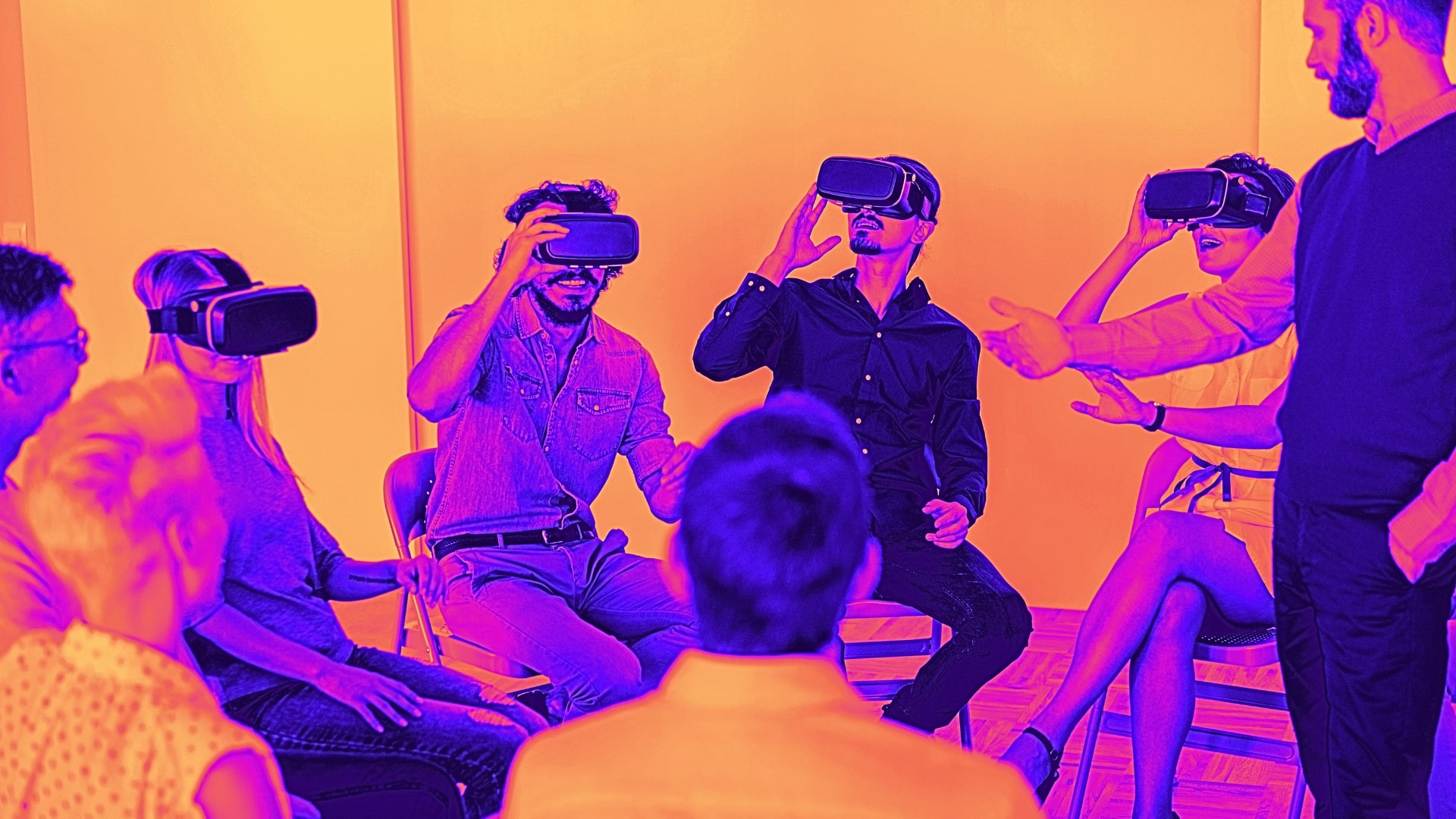The idea is the foundation of any project; without it, nothing happens. Where does it come from? Some draw inspiration from their creativity, others from science fiction books, while some reinterpret folk tales in a cyberpunk setting. The idea is limited only by your imagination.
Based on this, we start to shape the concept of the future project. At this stage, it's crucial to outline several key aspects, as they will determine the entire development path and process.
- First, we define the project's genre (puzzle, RPG, first-person or third-person shooter, strategy, collectible card game).
- Next, we determine the main mechanics of the game. What will the player do while playing? We need to understand whether the player will be shooting, breaking, traveling, solving puzzles, or building an empire.
- Now, we need to answer the question, "Who is this game for?" This will help us define the target audience for your project, which in turn will assist in establishing age restrictions, project style, and devices.
- Finally, let's think about the plot and message. Besides the ultimate goal (saving the princess, the world, the universe, finding King Arthur's sword), your game can convey a message. Beyond the main storyline, the player might gain a new emotional experience or contemplate something profound or personal.
Having clarified the idea and message, we've documented everything and can now move on to the concept. What’s the difference between an idea and a concept?
The project idea is a general representation, while the concept is a detailed plan.
At this stage, we at Kiss.software form and document:
- A description of the gameplay and project narrative. Here, we will outline what the game will look like, describe the world, player possibilities, and options for interacting with the environment.
- Unique features and distinguishing characteristics of the project, addressing questions like: What sets the project apart from its competitors? Do we have unique mechanics or an engaging storyline?
- An initial assessment of the requirements and resource constraints for creating the game.
- The first illustrations and concept art for the game, characters, and locations.
As a result, we will have a document outlining all the key aspects of the game. This document will serve as our foundation for development.
Assessment of Work Volume and Design
That's it! We have the concept, it's approved, and ready for implementation. The practical work on the game begins, which involves planning and starting cooperation with designers.
The first step is to create a GDD (Game Design Document). This document describes all (not just key, but all) aspects of the game. It contains information about everything, from interface components to mechanics of interaction with the environment.
The document outlines game mechanics, rules, level operations, scoring mechanisms, and other details.
It also includes a separate section on level design. Layouts and schematics of levels are prepared, detailing the placement of characters, enemies, items, key locations, secret levels, or developer Easter eggs.
The user interface is developed as well. Naturally, it may change after testing, but there should be an initial representation.
Development begins on characters, game objects, sounds, animations, and other visual components.
Choosing Tools and Technologies
Once the plan and concept are ready, we begin selecting technical tools and the team.
- Everything starts with choosing the game engine for the project. Each engine has its own features and limitations. There are many options on the market: Unity, Unreal Engine, Godot, and so on.
- Next, a programming language for the game is selected. Popular options include C#, C++, Python, and JavaScript. The choice of language depends on the engine and game features.
- We move on to the graphics part and select tools for working with the visual elements.
- Then, we choose the environment for developing the product. This could be Visual Studio, JetBrains Rider, or Godot Editor. The development environment affects the speed of development and the convenience of processes.
- Finally, a version control system is selected. This tool allows the team to track changes in the code.
As you can see, the step-by-step approach is very important, and we cannot overlook the creation of documents and the selection of tools. Each step is connected to the previous one.
Programming and Development































